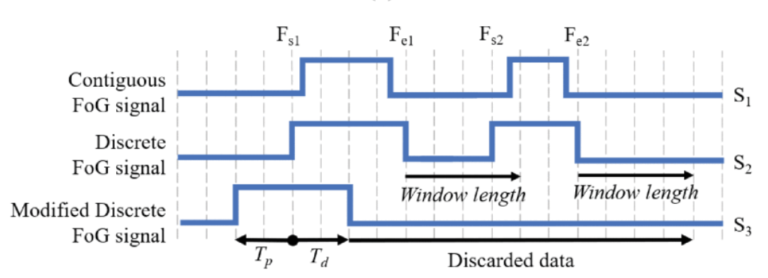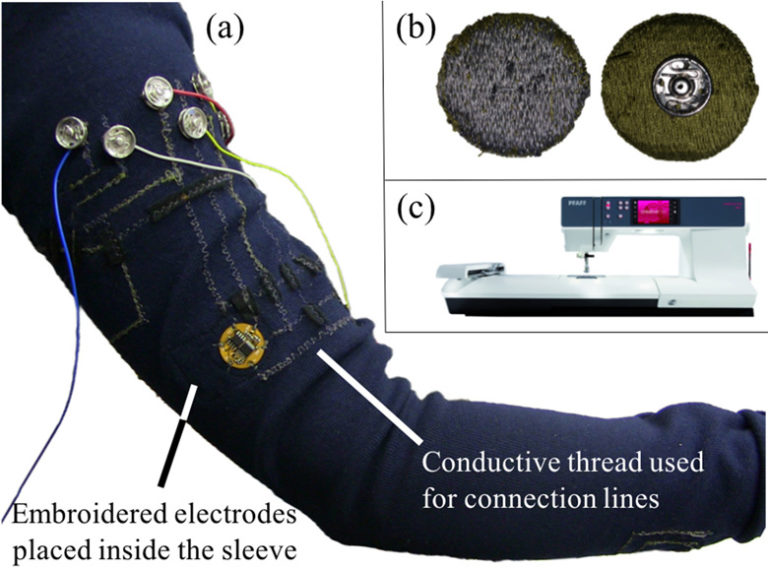Prediction of Freezing of Gait in Parkinson’s Disease Using Statistical Inference and Lower–Limb Acceleration Data
https://www.embs.org/tnsre/wp-content/uploads/sites/15/2021/03/Capture-6.png
1024
371
Transactions on Neural Systems and Rehabilitation Engineering (TNSRE)
//www.embs.org/tnsre/wp-content/uploads/sites/15/2022/06/ieee-tnsre-logo2x.png
The freezing of gait (FoG) is a common type of motor dysfunction in advanced Parkinson’s disease (PD) associated with falls. Over the last decade, a significant amount of studies has…
read more


